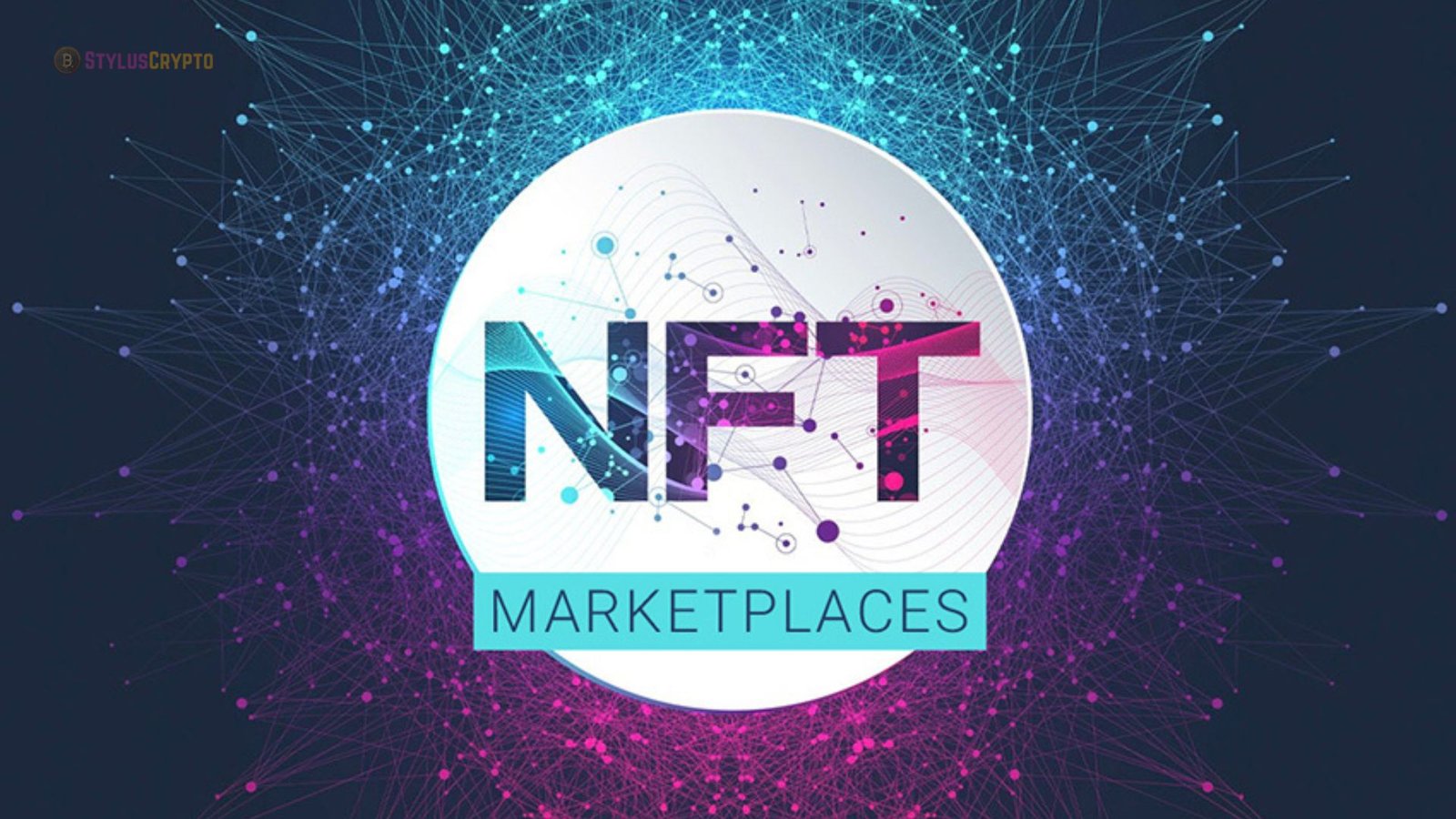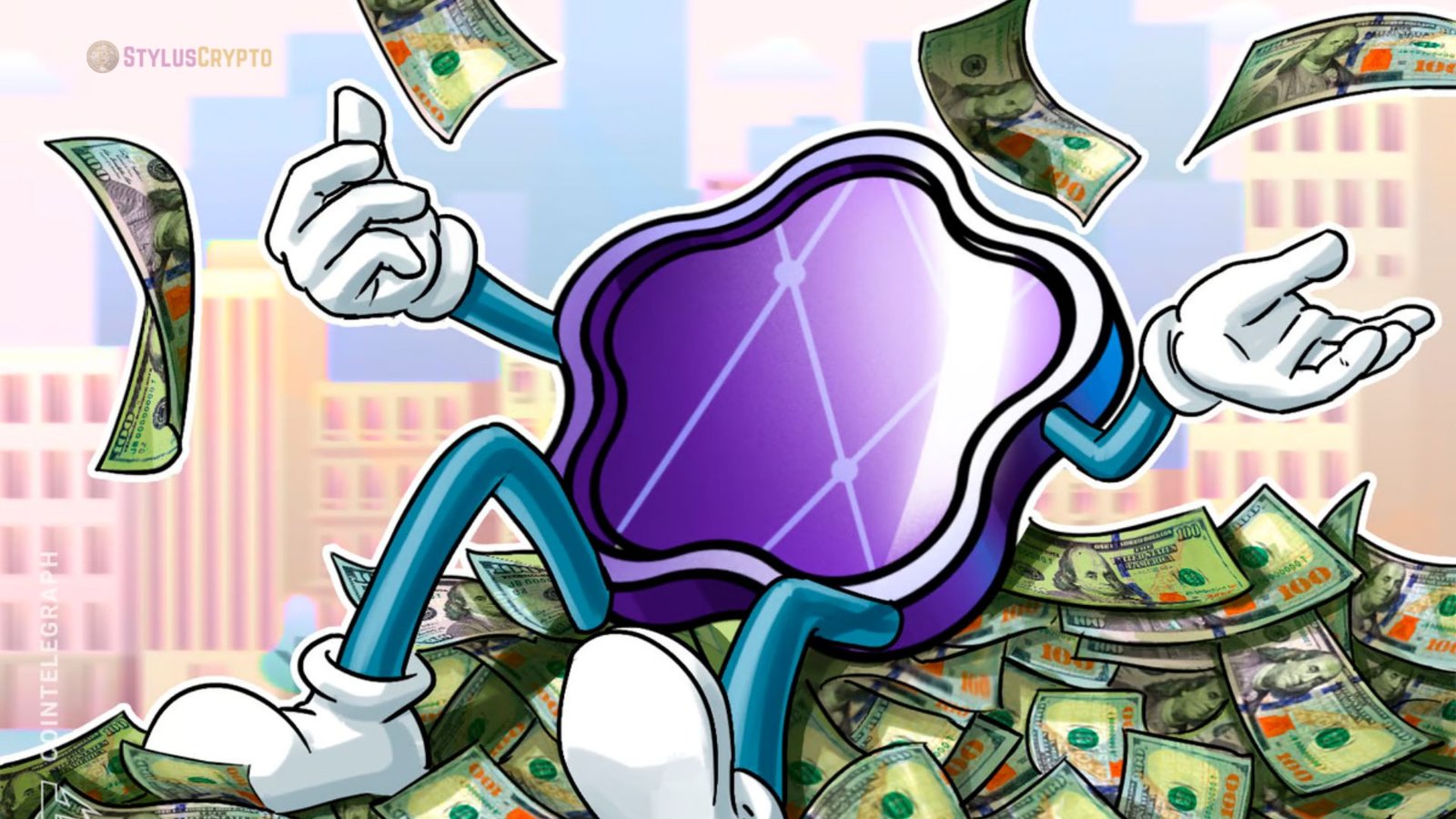You are not alone if you have heard about NFTs but are still confused about what they are. The notion of non-fungible tokens (NFTs) might be daunting, particularly to those new to the field, but they have recently caused a stir in the art, banking, and IT industries. Never fear! This tutorial aims to provide a basic, uncomplicated explanation of NFTs for dummies. Here, you will find an easy-to-understand and thorough explanation of NFT, perfect for those new to the concept.
First, let’s define an NFT before going any further. Non-Fungible Token is an abbreviation for NFT. Alright, let’s break that down.
Non-Fungible What Does It Mean?
A simple definition of fungible would be anything that may be exchanged for another object of similar value. Take two $1 banknotes as an example. They’re practically interchangeable. No matter where you exchange it, the value of a dollar remains constant. With this, we imply fungible.
However, an item is considered non-fungible if it is unique and cannot be replaced with another in its category. Envision a one-of-a-kind Picasso painting. The artworks are all one-of-a-kind. No amount of money can ever make up for its uniqueness.
Token A Digital Certificate of Ownership
Tokens, as they pertain to NFTs, are digital certificates that prove who owns a sure thing when recorded on a blockchain. The most common types of digital commodities that employ NFTs include works of art, music, films, and virtual properties. Unlike physical goods, digital assets can’t be made or replaced, and a distributed ledger called a blockchain keeps track of who owns what.
Unlike fungible cryptocurrencies, NFTs are one-of-a-kind digital assets that may be purchased, traded, and held.
How Do NFTs Work?
The foundation of NFTs is the use of blockchain technology to generate digital assets that are both distinct and verifiable. An NFT token can represent the ownership of digital assets like artwork, music, or collectibles. This ownership may be purchased, sold, or exchanged on NFT markets, and its legitimacy is guaranteed by its recording on the blockchain.
Blockchain Technology The Foundation of NFTs
Blockchain technology, the foundation of cryptocurrencies such as Bitcoin and Ethereum, is also the engine that drives NFTs. Data is recorded in interconnected blocks in a distributed digital ledger called a blockchain. Changing these recorded blocks in any way is impossible since they are transparent, secure, and immutable.
While Ethereum is the most popular blockchain for NFTs, other popular ones include Binance Smart Chain, Tezos, and Solana.
An NFT’s creation (or “minting”) is recorded on the blockchain. Generating the immutable digital signature for the NFT is a part of the registration process. Because of this, we know that each NFT is unique and that the token’s owner can prove it.
NFT Marketplaces Where NFTs Are Bought and Sold
Online portals called NFT marketplaces allow buyers and sellers to transact in NFTs. Popular platforms such as OpenSea, Rarible, and SuperRare enable producers to sell their NFTs to collectors.
Users usually require Ethereum and a cryptocurrency wallet like MetaMask or Coinbase Wallet to purchase or sell NFTs. The buyer’s wallet receives the NFT after the transaction is finalized, and the blockchain records the transaction.
What Can Be an NFT?
NFTs have use beyond the realm of digital art. Among the many digital assets that may be transformed into NFTs are the following:
- Digital Art: Artists produce and sell collectible digital works of art as NFTs.
- Music and Videos: Artists in the music and media industries are capitalizing on NFTs to offer limited-edition songs, albums, and videos.
- Virtual Real Estate: Users can purchase, sell, and exchange digital land on platforms such as Decentraland.
- Collectibles: You might think of NFTs as digital trading cards that allow you to acquire and exchange particular goods like game skins, sports highlights, and other memorabilia.
- Domain Names: A digital address can be yours by purchasing blockchain-based NFTs domain names.
Why Are NFTs So Popular?
Why are people so excited about NFTs? It is a natural question to contemplate. Here are a few explanations for why NFTs have become so popular.
Proven Ownership and Authenticity
The capacity to verify ownership and authenticity is a prominent selling feature of NFTs. Buyers have a transparent and verifiable record of their purchase of NFTs since they are logged on the blockchain. This is paramount for creators, artists, and musicians who wish to safeguard their digital work against duplication and theft.
The Investment Potential
To many, NFTs represent an innovative new investing opportunity. Exceptionally uncommon or highly sought-after NFTs have the potential to rise in value, much like conventional art. Some investors put their money into NFTs with the expectation that their value would climb so that they may make a profit when they sell them.
Support for Creators
With NFTs, creators and artists may earn money from their work more directly. Artists can bypass traditional distribution channels like galleries and record companies by selling their digital creations directly to consumers. Also, artists can receive a cut of every sale when their NFT is resold on the marketplace since royalties can be built into NFTs.
Ownership of Digital Goods
Digital ownership is gaining significance as the time spent online continues to rise. Unique and valuable digital goods may be owned and traded with NFTs. Thanks to NFTs, owning anything solely in the digital realm is now within reach. This includes virtual land, music, and art.
How to Create Your NFT
Are you interested in creating your own NFT? Here’s a simple guide to get started.
Choose Your Digital Asset
Decide on what you want to transform into an NFT first. All of the content, whether it be a movie, a piece of music, or a piece of artwork, should be digital and original.
Select a Blockchain
Afterward, you must select a blockchain to mint your NFT. Several additional platforms, such as Binance Smart Chain, Solana, and Tezos, are available in addition to Ethereum, the most extensively utilized platform.
Set Up a Wallet
It is necessary to have a cryptocurrency wallet compatible with NFTs to mint and sell NFTs. When it comes to options, MetaMask is among the most popular. Complete the setup of your wallet and connect it to the blockchain of your choice.
Mint Your NFT
The process of converting your digital asset into an NFT is called minting. Typically, this is done on a non-fungible token (NFT) marketplace such as OpenSea or Rarible. Your digital file will be uploaded, a description will be added, and you will select whether or not to sell it. You can sell your NFT to other people once it has been coined.
List Your NFT for Sale
Following the minting process, you can sell your NFT on the market. You will be able to determine the price and the mode of payment, often in Ethereum. When an individual purchases your non-fungible token (NFT), the payment will be sent to your wallet, and the buyer will then become the owner of the NFT.
Are NFTs Worth It?
Collectors and investors looking for one-of-a-kind digital assets with long-term potential may find NFTs worthwhile. Their value might rise and fall with the ebb and flow of the market. Some NFTs have done quite well, while others could do badly. You must do your homework and be aware of the dangers involved before you put your money into anything.
The Volatility of the Market
The NFT market is in its infancy; hence, its value is subject to change. The value of NFTs can rise to millions of dollars, yet it can fall to zero instantly. Investors in NFTs should be ready for any volatility in the market.
Environmental Concerns
Their effect on the environment is one point of contention with NFTs. Electricity consumption can be high during the minting process of NFTs on Ethereum, a platform that uses the power-hungry proof-of-work algorithm. Nonetheless, initiatives are underway to green blockchain technology, with examples like Ethereum’s shift to proof of stake.
The Risk of Fake or Low-Quality NFTs
Although NFTs can potentially be a valuable tool for artists and producers, their meteoric popularity has unfortunately spawned counterfeit NFTs and subpar digital media. When buying NFTs, be careful and do your homework.
Read More: Music NFT Marketplace Exploring the Future of Music
Conclusion
When you boil it all down, NFTs aren’t as tricky as initially appear. NFTs are one-of-a-kind digital assets that introduce a fresh approach to owning, selling, and trading digital material. There is danger in the NFT realm, but there are also great opportunities for makers and collectors.
The first steps in getting engaged with NFTs are to educate yourself on the technology, research different markets, and determine if you want to build or invest in NFTs. Whether you enjoy digital music, art, or collectibles, NFTs will remain and may even allow you to participate in the next great digital revolution.
[sp_easyaccordion id=”2427″]

